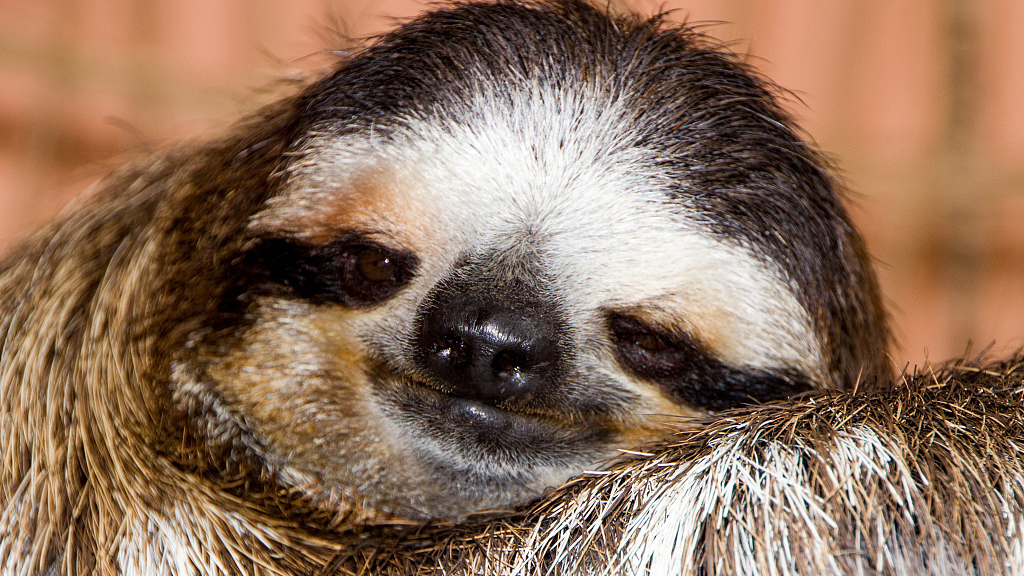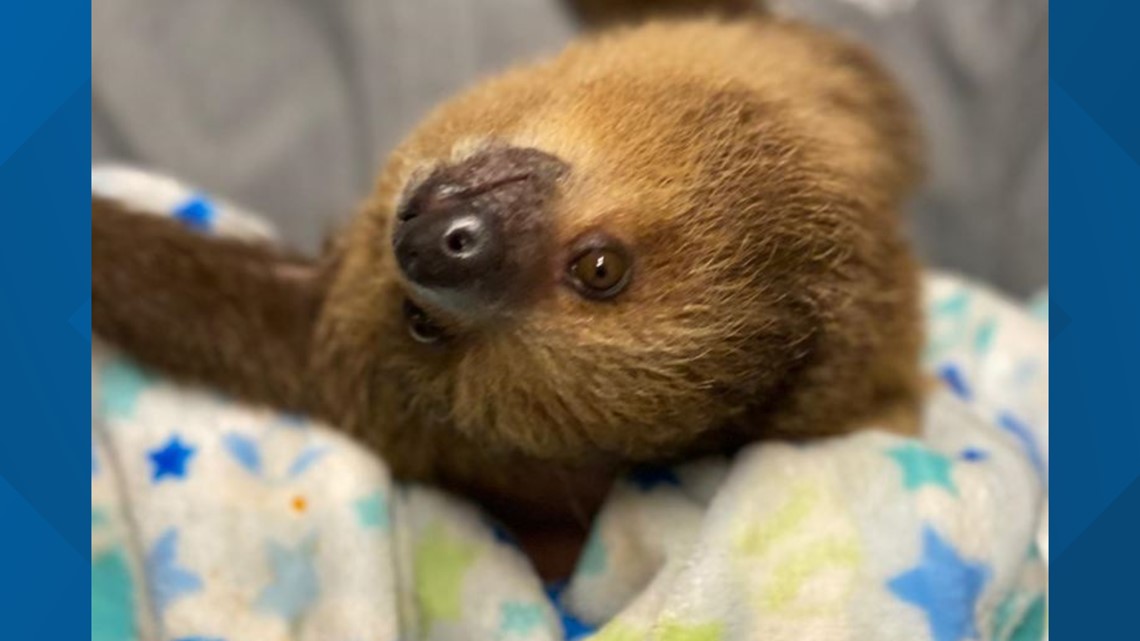Articles
How Sloths Defend Themselves
Sloth Facts
Often thought of as soft, cute, and cuddly, sloths have become very popular. However, there are a lot misconceptions about them! Many people believe that they are just lazy animals that spend most of the day sleeping. This inaccurate depiction has led to increased tourist interference and illegal trading of this species on the black market. Aside from the dangers imposed by humans, the animal. Sloths typically rely on their camouflage to protect themselves from predators. However, when threatened, they can use their 3- to 4-inch-long claws and teeth to defend themselves. And despite their slow movements, sloths are surprisingly strong. And there are other reasons not to snuggle up to a sloth. The sloth’s nature allows it to conserve energy, moving slower than any other mammal on the planet. This modest pace means that sloths generally travel no more than 125 feet (38 meters) in a single day, and on the rare occasion that they find themselves at ground level, they crawl only 1 foot (30 cm) per minute. Sloths are known for how slowly they move, but their slow speed isn't just a funny quality they have— it's part of why their species has survived for 64 mill. However, when threatened, they will emit hissing sounds, low cries, and moans. Their main tool of defense is camouflage, although claws and teeth are also used to protect themselves. Sloth teeth and nails grow continuously throughout their life; therefore, it is impossible to determine the age of a wild sloth.
| Size | Up to 24 inch (60 cm) |
| Speed | Up to 1.1 mph (1.9 km/h) (when in danger) |
| Weight | Up to 12 lb (5.5 kg) |
| Lifespan | 25-40 years |
| Food | Leaves, fruits |
| Predators | Eagles, snakes, jaguars |
| Habitat | Central and South America |
| Order | Pilosa |
| Family | Sloths |
| Scientific name | Folivora |
| Characteristics | Hangs on trees with the head down |
Is the Sloth Lazy?
This depends on the perspective. We humans often think that slowness is a sign of lazyness, and when scientists first discovered the sloth, they hardly ever saw it move. And when it did move, it was extremely slow. So they thought the sloth was a lazy animal.


I’m Only Taking a Short Nap
The sloth spends 15 to 20 hours a day sleeping. As sloths can get up to 40 years old, they spend nearly 34 years of their lives sleeping. Because the sloth moves so slowly, you often cannot be sure if it is awake or taking a nap.
Sloth - Photo: Seaphotoart/Shutterstock
Life in the Trees
Sloths spend almost their entire lives in trees. They have long curved claws that can get up to 3.9 inch (10 cm) long and allow them to hang on branches. In this position they do almost everything from sleeping and eating to mating and giving birth to their young. Only sometimes do they climb down a tree to climb up another one. Even dead sloths do not lose their grip and keep hanging on their branches.
What Happens if a Sloth Needs to Go to the Toilet?
Fortunately this does not happen too often. Once in 1–2 weeks it climbs down to “do its business”. Scientists still haven’t found out yet, why they do not pee or defecate while hanging from a tree.
Sloth - Photo: Parkol/Shutterstock
How Do Sloths Move On The Ground?

The legs and arms of the sloth are not made for walking. In order to move on the ground, it hits its front claws into the ground and slides forward on its belly. This looks rather clumsy and quite different to Sid, the sloth from Ice Age!
How Do Sloths Protect Themselves Against Enemies?
On the ground, sloths are an easy prey for all their enemies. Life in trees is also dangerous, e.g. due to big cats such as the jaguar. Yet, the sloth does not remain motionless, but defends itself using its sharp claws and teeth. Serious injuries do not bother the sloth. Deep wounds hardly ever become infected and heal within a few weeks.
Sloth - Photo: Vladimir Wrangel/Shutterstock
Do Sloths Drown?
You might think that sloths swim as slowly as they move ... and drown instantly. Yet, the opposite is the case. Sloths are very good swimmers and move forward doing the crawl with their arms. Sometimes they let themselves fall into the water directly from their trees.
Weird Hairstyle?
Most other mammals have their fur parting on the head or the back. The sloth has his on the belly instead. This way the rain runs off better, when hanging upside down in the tree.
A Living Coat
How Does Sloths Defend Themselves
Does your head itch? Everybody who has had lice will never forget this awful experience and shudder when thinking about it. The sloth takes it easy: Moths, bugs and other insects live in its fur. Even algae are growing there, which make its coat look greenish and serve as a perfect camouflage in the rain forest.
Turning the Head
Sloths have additional vertebrae of the neck, which enable them to rotate the head up to 270 degrees. This helps them to reach more leaves without having to move.
I Feel Hot! I Feel Cold!
The normal body temperature of a sloth is 93 degrees Fahrenheit (34 degree Celsius), but only 50 degrees Fahrenheit (10 degree Celsius) when it sleeps.
The Sloth’s Great-Grandpa and Great-Grandma
Until about 10,000 years ago there lived giant ground sloths that were as big and as heavy as elephants. However, they did not live in trees, but on the ground and could stand on their hind legs like bears.
- Find out more:
- Watch now on animalfunfacts.net:
- Video: All about Mammals - 5 Interesting Facts - like sloths
How Sloths Defend Themselves Against
Sloth - Photo: kungverylucky/Shutterstock